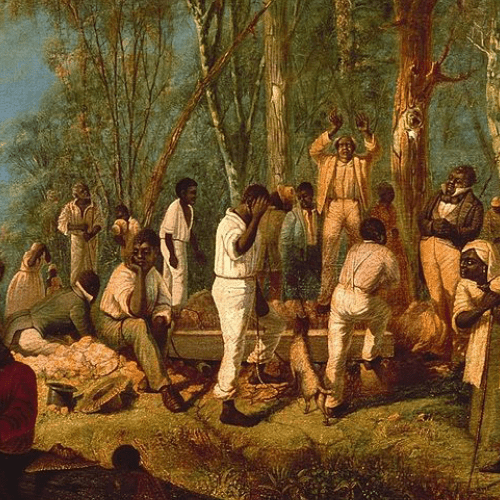
When most travelers think of coastalSouth Carolina, they have visions of white sandy beaches, great restaurants,and all the glitz and glamour of Myrtle Beach. While those attractions are great,theres a fantastic culture here that is often overlooked by vacationers: TheGullah Geechee culture of the Low Country.
The term Gullah most likely originates from the people of Angola, in Western Africa. When slaves were brought to the Low Country, they kept many of their traditions. Through the years, with relative isolation from whites, their culture, dialect, religion, and talents have melded with the Native American and Creole influences in the area. Gullah culture stretches from the Cape Fear River in Wilmington all the way to the Sea Islands of Georgia. The term Geechee is derived from the Ogeechee river, near Savannah. The proud history and traditions of these amazing people are fascinating and have had a PROFOUND influence on the Low Country.
When rice fields were establishedin South Carolina and Georgia, the descendants of people originating in AfricasRice Coast were able to use their skills and talents to help establish a tremendousfood source and cash crop which has had lasting effects on our economy. The firstfreed slaves of South Carolina were in the Low Country, the majority of whichwere Gullah. After the Civil War ended, the Gullah people were able to develop andsustain their culture with isolation from the rest of the world. To this day,you are able to visit markets, vendors, and see, hear, and taste the amazing impactof the Gullah culture.
So, what are some of the thingsyou might see, hear, and taste when you want to experience Gullah culture onyour next trip to the beach? Youre in luck, because you wont have to go farto broaden your love of our area.

You can still find "Haint Blue" painted on old.... 
....and new/renovated homes.
Dialect:
The dialect of our locals (ourtrue locals) include many Gullah Geechee words you may hear when you are outand about. You might hear someone say Im broke as a haint! (a haint is a hauntor ghost - my best friend says this all the time!) or you may hear peanuts referredto as Goobers, which comes from the Gullah word guber for peanut. Even theword Cumbaya, which is sung and said all over our nation, comes from theGullah. It means Come over here and is spelled Kumbaya today. The word Gumbocomes from the word for okra in Angola, from the Umbundu language.
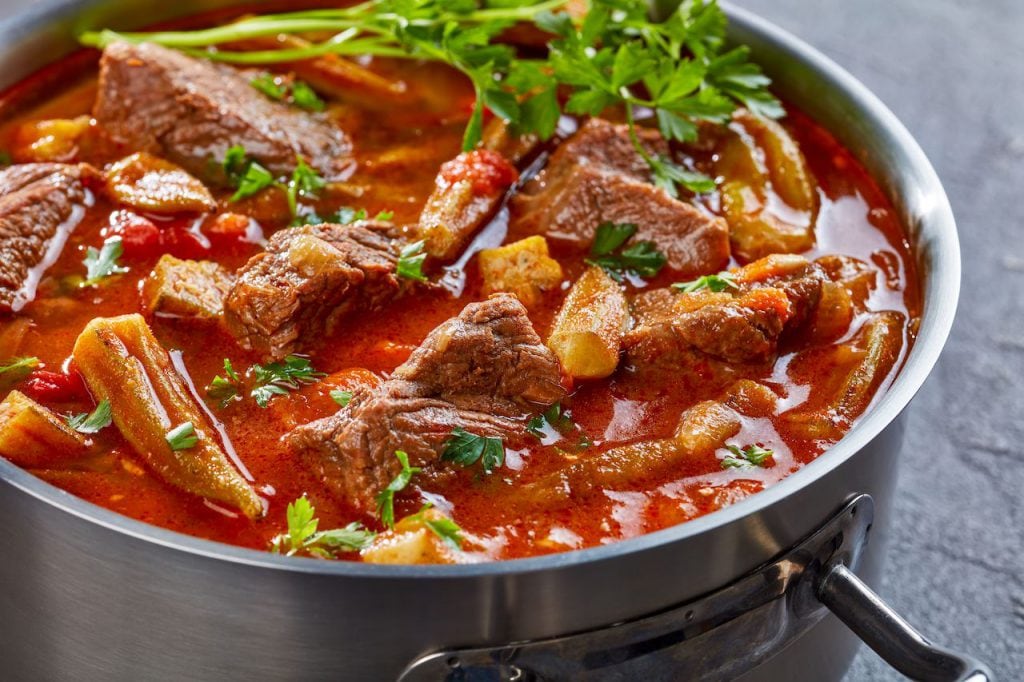
Food:
When traveling to any area, Ifeel that to truly know the people, you have to know the food - especially inthe south. We are very proud of our food here, as it brings folks together and Gullahcuisine is no exception. Based on rice, of course, youll find many greatdishes to satisfy your tastebuds! The Gullah gumbo, also called Okra Soup isa little different to that of what you may think of, like the usual New Orleansgumbo. Gullah Gumbo uses lots of tomatoes (a huge creole influence) andincludes squash (introduced to the Gullah by Native Americans), corn, shrimp, bacon,and sometimes smoked fish. While the majority of black southern cuisine hasbeen lumped into the Soul Food category, Gullah fare stands out as there islittle to no battering and frying, and lots of meals are lumped together andcooked into a communal pot. This comes from having to feed large groups ofpeople and those with different ingredients buy clonazepam 1mg wanting to add to the flavor.
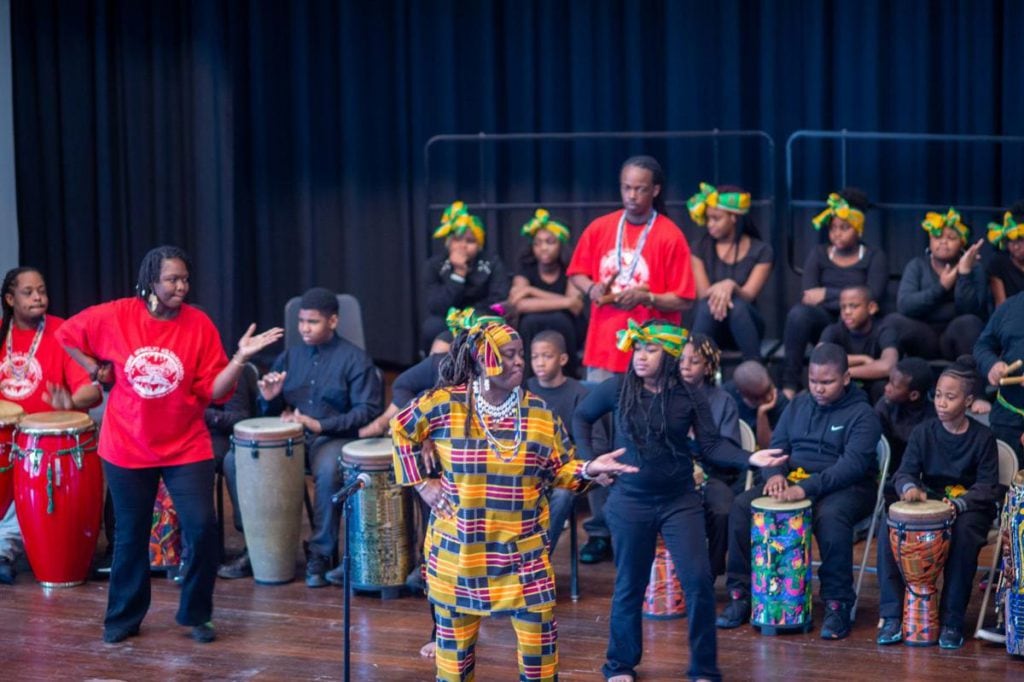
Music:
Gullah music finds its roots in Africansongs, which served to entertain, ease the monotony of work, educate children,and for religion. Following an AAB pattern, with lots of call and response,Gullah songs involve everyone! Simple drums, hand claps, feet stomps, andvoices make up the instrumentation. Gullah music has some great syncopation,which had a definite influence on South Carolinas jazz history. There are lotsof Gullah playlists out there on services like Spotify and YouTube. Its verysoothing music to have on while you work, cook, or simply relaxing. Just like thecuisine, Gullah music is made up of sounds and stories borrowed from Europeans,Native Americans, Southern, and African people. Ostinato patterns are thestaple of Gullah songs and compliment the music of the soul, like great foodand company.
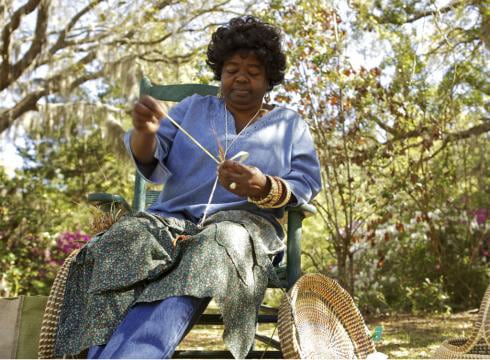
Art, Crafts, and Architecture
Again, you wont have to go farto get a great dose of Gullah Culture. When you make a quick trip south tonearby Georgetown, youll start to see some really cool things, includingindigo painted doors and shutters. This tradition comes from putting indigo (ahuge cash crop of the area) there to keep out boogers, witches, or haints -especially The Boo Hag (a great South Carolina legend that my Granny used to scaremy cousins and I when we were kids - definitely a subject for a future blog aroundHalloween!). Youll also find vendors on the side of the road sellingsweetgrass baskets which are absolutely beautiful and very sturdy. You can seethe African influence in the simple and intricate designs in these gorgeouscreations. They are extremely popular and can range from $30 for a small basketand up to $500 for a large one. One of my familys most prized heirlooms is asweetgrass basket made by Annabelle Ellis, who is considered to be the greatestbasket maker in the Low Country. Ms. Ellis family still makes the highestquality baskets today and be sure to look for their label when you purchaseone.
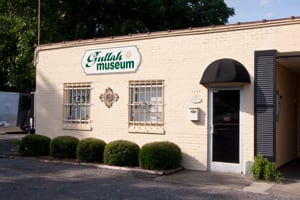
The Future of the Gullah Geechee
As with any culture that has a history based on oral tradition, The Gullah Geechee is extremely fragile. Not a lot had been written down early on, but the cultural roots have been very strong. In 2006, Congress passed the Gullah/Geechee Cultural Heritage Corridor Act, which provided $10 million for the preservation and interpretation of historical Gullah sites in the Low Country. There are many events through the year along the coast, particularly in Georgetown and in Conway, SC at the Horry County Museum. Each March, there is a Gullah Geechee community day in Conway, where you can see Gullah exhibits, musical performances, lectures, and more. Brookgreen Gardens in Murrells Inlet also has many Gullah exhibits and features a weekly Gullah program (Wednesdays at 1pm) that showcases language, food, and history. One of the best places to experience Gullah history is at the Gullah Museum in Georgetown.
We are very fortunate to stillhave the many traditions and culture of the Gullah Geechee in our area today.On your next visit, take some time to take a quick trip to Georgetown, MurrellsInlet, or Conway to experience and support this amazing and rich culture.

Jason Coker is originally from the metropolis of Burlington, NC and is passionate about vacation experiences. An aficionado of music, low country history, and spooky stories, Jason spends his free time performing music, grilling out, and relaxing with his son, daughter, and lovely wife, Amy.


